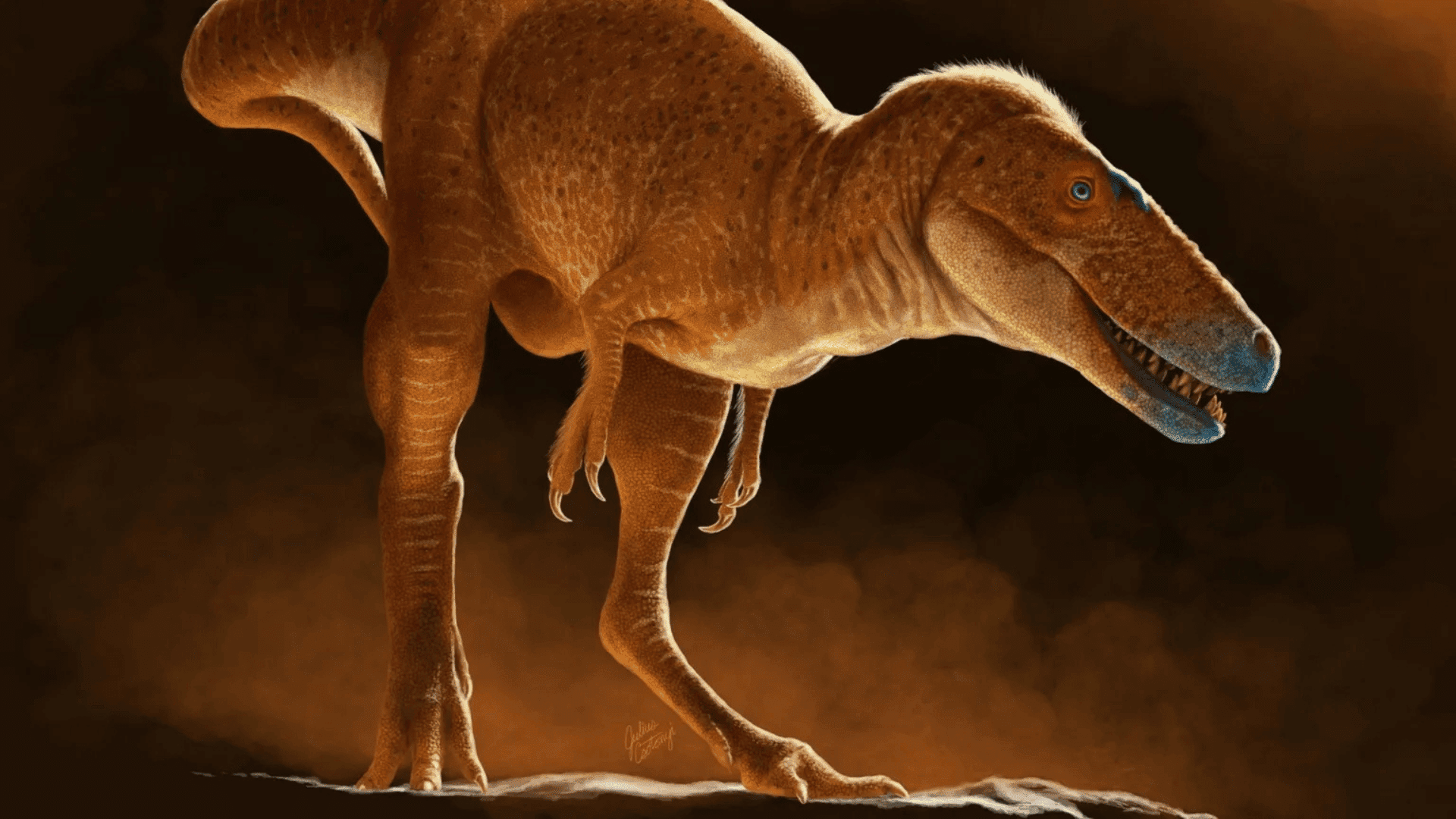Scientists say the discovery of a new species of dinosaur in the collection of a Mongolian museum “rewrites” the evolutionary history of tyrannosaurs.
New Dinosaur Species

Two 86 million-year-old skeletons studied by researchers belong to a species that’s now been identified as the closest known ancestor of all tyrannosaurs, a group of predators that includes the T. rex. The species was named Khankhuuluu (pronounced khan-KOO-loo) mongoliensis, meaning Dragon Prince of Mongolia.
“‘Prince’ refers to this being an early, smaller tyrannosauroid,” Prof Darla Zelenitsky, a palaeontologist from the University of Calgary in Canada, explained to the BBC. Tyrannosauroids are a superfamily of carnivorous dinosaurs that walked on two legs.
PhD student Jared Voris, who led the research with Prof Zelenitsky, spoke about how the first tyrannosauroids were tiny: “They were these really small, fleet-footed predators that lived in the shadows of other apex predatory dinosaurs.”
According to ABC News, the two partial skeletons were first found in Mongolia in the early 1970s. They were first identified as an existing species called Alectrosaurus, but Voris identified Tyrannosaur-like features while he was examining them. The skull, for example, contained an air cavity near the nose, and the toe bones attached to the rest of the leg were different.
This group of dinosaurs moved between North America and Asia via land bridges that connected Siberia and Alaska at the time.
Mr Voris explained: “That movement back and forth between the continents basically pushed the evolution of different tyrannosaur groups over millions of years.”
Khankhuuluu represents an evolutionary shift in which small hunters from the Jurassic period shifted into the giants we’re more familiar with, including the T. rex. Researchers estimate that the new species would’ve weighed approximately 750 kg, whereas a T. rex could have weighed around eight times as much.
The fossils also display the early evolutionary stages of key tyrannosaur features, including the skull anatomy that allowed it to develop a strong jaw that was capable of biting through bone. The new study was published in Nature.
“It has helped us revise the tyrannosaur family tree and rewrite what we know about the evolution of tyrannosaurs,” explained Prof Zelenitsky.








